Il tuo messaggio è stato inviato.
Elaboreremo la vostra richiesta e vi ricontatteremo al più presto.
Il modulo è stato inviato con successo.
Ulteriori informazioni sono contenute nella vostra casella di posta elettronica.
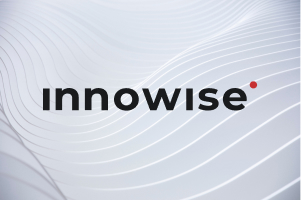
Selezionare la lingua
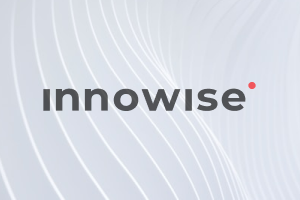
Nel 2025, la blockchain continua a salire - il mercato è previsto di crescere da $7,4 miliardi a un ritmo impressionante di 66% all'anno dal 2024 al 2031. Statistiche come questa gridano una semplice verità: le aziende stanno facendo la fila per investire nelle tecnologie blockchain. In particolare in settori come la finanza, la catena di approvvigionamento e la sanità. Per questi e altri settori, la blockchain spera di portare tracciabilità, migliorare l'efficienza operativa, automatizzare i flussi di lavoro, ridurre i costi e migliorare la sicurezza dei dati.
Con la crescita della consapevolezza della blockchain, cresce anche la domanda. Le aziende più avvedute si affrettano a iniziare lo sviluppo, ma si scontrano con l'ostacolo più comune: qual è il linguaggio di programmazione migliore? Io e il mio team ci siamo passati e sappiamo per esperienza pratica quanto possa essere complicato scegliere il giusto linguaggio di programmazione per la blockchain. Seguiteci e vi illustreremo i fattori chiave da considerare, i migliori linguaggi blockchain per i diversi progetti e come scegliere la tecnologia più adatta.
La scelta dei linguaggi di programmazione per lo sviluppo della blockchain è essenziale perché influisce direttamente sulla scalabilità, sulla sicurezza e sull'interoperabilità della vostra futura soluzione. Trovare i linguaggi di programmazione blockchain più adatti alle vostre esigenze significa aumentare le transazioni al secondo, migliorare la resistenza ai cyberattacchi e migliorare la compatibilità con altre applicazioni.
Inoltre, il tipo La scelta dei linguaggi di programmazione della blockchain dipende dalla soluzione che si intende implementare. Ad esempio, se state costruendo su Ethereum, Solidity è una scelta valida, mentre se state eseguendo un sistema di Hyperledger o blockchain privata basata su Corda, si potrebbe optare per Java o Kotlin. D'altra parte, se state costruendo una soluzione blockchain da zero, dovrete considerare il framework che meglio si allinea alle vostre esigenze aziendali e agli obiettivi di scalabilità. Inutile dire che c'è molto da considerare.
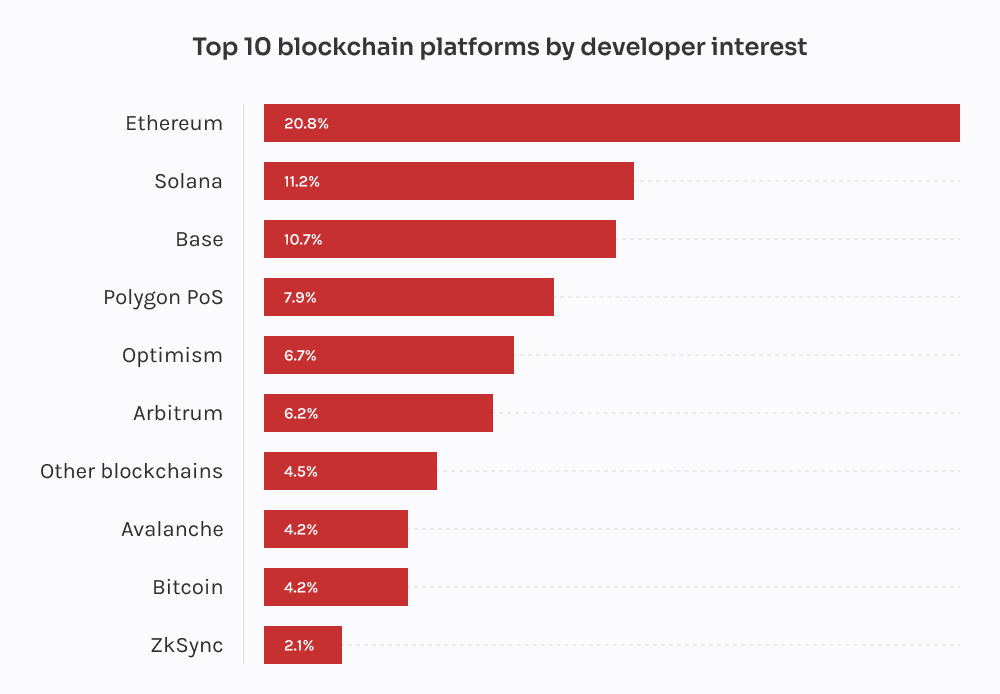
Noi di Innowise scegliamo un linguaggio di programmazione blockchain in base alle priorità dei clienti, che si tratti di uno sviluppo più rapido, di investimenti iniziali più bassi, di finanziamenti aggiuntivi da parte delle piattaforme blockchain, di rischi ridotti al minimo, di prestazioni impeccabili o di una facile manutenzione. Ecco altri fattori a cui penso quando scelgo lo stack tecnologico.
Molte aziende si rivolgono alla blockchain come tecnologia più sicura per l'archiviazione dei dati e la tracciabilità delle transazioni, quindi è essenziale considerare i punti deboli dei linguaggi di programmazione blockchain che possono essere sfruttati.
Sebbene Solidity sia ampiamente utilizzato, è soggetto a vulnerabilità come attacchi di rientranza e problemi di limite di gas. Al contrario, un altro linguaggio molto diffuso, Rust, offre una forte sicurezza della memoria e un controllo della concorrenza, riducendo il rischio di bug comuni. Il suo modello di proprietà assicura che gli errori siano catturati in fase di compilazione, il che contribuisce a mitigare le vulnerabilità e, in ultima analisi, a creare sistemi blockchain più sicuri.
Le prestazioni e la scalabilità sono fattori cruciali nella progettazione di una soluzione blockchain e la scelta del linguaggio di programmazione può imporre alcune limitazioni alla soluzione.
A causa della sua garbage collection, Go può avere una latenza leggermente superiore in scenari specifici. Per questo motivo non lo sceglieremmo per applicazioni critiche dal punto di vista delle prestazioni. D'altra parte, Rust fornisce strumenti e librerie che possono ridurre drasticamente la latenza, rendendolo ideale per la costruzione di sistemi scalabili e ad alte prestazioni. Inoltre, il controllo della gestione della memoria dell'Rust consente agli sviluppatori di creare software più rapidamente.
L'ecosistema e il supporto degli sviluppatori possono determinare il successo di un progetto a lungo termine, quindi vi consigliamo di considerare anche questo aspetto quando scegliete un linguaggio di programmazione blockchain.
Python offre un ricco ecosistema di librerie e strumenti, che lo rendono ideale per compiti come l'analisi dei dati o l'integrazione dell'apprendimento automatico. Al contrario, i linguaggi di codifica blockchain di nicchia come Vyper hanno comunità di sviluppatori più piccole, il che potrebbe limitare il supporto e le risorse a cui il team del progetto può attingere.
La vostra futura soluzione blockchain non esisterà nel vuoto: probabilmente dovrete scambiarla con altri sistemi, quindi le capacità di interoperabilità di un linguaggio di programmazione sono fondamentali.
La scelta di JavaScript può essere ottimale se si ha bisogno dell'integrazione con Web3. JavaScript consente alla vostra soluzione di interagire con le reti decentralizzate senza soluzione di continuità tramite librerie come web3.js. Questo linguaggio è spesso utilizzato per lo sviluppo front-end, il che lo rende una scelta affidabile per collegare le applicazioni decentralizzate agli ecosistemi software.
Avete bisogno di aiuto per scegliere un linguaggio di programmazione blockchain per il vostro progetto?
Quindi, quali sono i linguaggi utilizzati nello sviluppo di blockchain e qual è il più adatto per il vostro progetto? Per aiutarvi a decidere, ho compilato un elenco dei principali linguaggi di programmazione per la blockchain in base alle esigenze aziendali più comuni.
Solidity è il linguaggio di riferimento per lo sviluppo di contratti intelligenti su Ethereum e catene compatibili con EVM come Binance Smart Chain e Avalanche. È ampiamente utilizzato per Progetti DeFi, DAO (organizzazioni autonome decentralizzate) e dApps (applicazioni decentralizzate). Sebbene offra un'ampia documentazione e una vasta base di sviluppatori, la popolarità di Solidity significa anche che presenta vulnerabilità di sicurezza note che devono essere affrontate durante lo sviluppo.
Il nostro verdetto: Sebbene Solidity sia una buona opzione per i progetti basati su Ethereum, le DAO e le dApp, bisogna fare attenzione alle sue vulnerabilità di sicurezza.
Ora, l'Rust sta guadagnando terreno e viene spesso utilizzato per sviluppare soluzioni blockchain su piattaforme come Polkadot, Solana e Near. Conosciuto per la sua elevata sicurezza e per la sicurezza della memoria, l'Rust è un buon abbinamento per i progetti che pongono l'accento sulle prestazioni e sull'affidabilità. Tuttavia, potrebbero esserci delle difficoltà nel reclutamento dei team di sviluppo: il linguaggio ha una curva di apprendimento più ripida e quindi una base di sviluppatori più piccola.
Il nostro verdetto: L'Rust è un'ottima scelta per progetti blockchain incentrati sulla sicurezza e sulle prestazioni, ma la sua curva di apprendimento più ripida potrebbe rendere più difficile trovare sviluppatori esperti.
Vyper è un'alternativa a Solidity per lo sviluppo di blockchain basate su Ethereum. Il linguaggio è stato progettato per concentrarsi sulla semplicità e sulla sicurezza: omette intenzionalmente alcune delle caratteristiche più complesse di Solidity, riducendo i potenziali vettori di attacco. Anche se Vyper non è così popolare, offre un ambiente di sviluppo più sicuro per coloro che hanno bisogno di creare contratti intelligenti minimi e facili da controllare.
Il nostro verdetto: Vyper offre un'opzione più semplice e sicura per i contratti intelligenti di Ethereum, ma la sua base di utenti più piccola e le sue funzioni limitate potrebbero renderlo meno interessante per progetti complessi.
Il nostro verdetto: Go è ideale per costruire soluzioni blockchain aziendali scalabili e ad alte prestazioni.
Java e Kotlin rimangono le scelte preferite per le blockchain private, in particolare con piattaforme come Corda e Hedera. Questi linguaggi sono perfetti per integrare la tecnologia blockchain con i sistemi aziendali legacy, grazie al forte supporto per la programmazione orientata agli oggetti, a un ecosistema consolidato di librerie e framework e a un pool di talenti più ampio.
Il C++ è un potente linguaggio di codifica spesso utilizzato per costruire soluzioni blockchain basate su EOSIO. Aiuta a creare blockchain private e a implementare contratti intelligenti che automatizzano i processi aziendali. Sebbene il C++ consenta un controllo profondo sulle risorse di sistema, è molto complesso e richiede sviluppatori esperti. Tuttavia, se avete bisogno delle massime prestazioni della blockchain in ambienti altamente efficienti e con risorse limitate, il C++ è una scelta solida.
Rust è un linguaggio ideale per la costruzione di blockchain Layer 1 e Layer 2 ad alte prestazioni, se si dà priorità alla velocità e alla sicurezza. Le caratteristiche di sicurezza della memoria e il supporto della concorrenza di Rust lo rendono perfetto per creare sistemi scalabili e robusti. Blockchain come Polkadot sfruttano l'Rust perché la tecnologia può gestire transazioni complesse senza compromettere le prestazioni in ambienti veloci.
Il nostro verdetto: Rust è perfetto per le blockchain scalabili, soprattutto quando la sicurezza e la velocità sono prioritarie, ma richiede una profonda conoscenza del linguaggio da parte del team di sviluppo.
Il C++ rimane un punto fermo nello sviluppo dei sistemi blockchain di base. Utilizzato per costruire Bitcoin, EOSIO, NEO e altre piattaforme, il C++ fornisce funzionalità di basso livello che migliorano il controllo delle risorse e le prestazioni del sistema. Il linguaggio è particolarmente adatto per le blockchain critiche dal punto di vista delle prestazioni, dove l'elaborazione rapida delle transazioni e la sincronizzazione della rete sono essenziali.
Python è facile da usare e offre librerie robuste, che lo rendono eccellente per la prototipazione e l'analisi della blockchain. È comunemente usato per lo scripting, i test e la sperimentazione di concetti di blockchain, ma è meno comune negli ambienti di produzione a causa dei limiti delle prestazioni. La forza di Python risiede nella sua capacità di costruire e iterare rapidamente le idee, il che lo rende una buona scelta per i progetti nelle fasi iniziali o per le attività blockchain non critiche.
Se avete bisogno di sviluppare un'infrastruttura di backend per il vostro progetto blockchain, Node.js è una scelta forte, soprattutto per le applicazioni che richiedono un'elaborazione delle transazioni veloce, scalabile e in tempo reale. La sua architettura asincrona e guidata dagli eventi rende Node.js adatto a gestire numerose connessioni simultanee, come quelle delle dApp. Tuttavia, non è tipicamente utilizzato per la logica di base della blockchain.
Il nostro verdetto: Node.js è una scelta eccellente per le applicazioni blockchain che richiedono un'elaborazione veloce e in tempo reale, ma non è stato progettato per la logica di base della blockchain.
JavaScript e TypeScript
JavaScript, spesso combinato con TypeScript per una maggiore sicurezza dei tipi, è la base dello sviluppo front-end di web3. Alimenta le interfacce utente delle dApp e facilita le interazioni con i contratti intelligenti tramite librerie come web3.js o ethers.js. La sua flessibilità, l'adozione diffusa e la perfetta integrazione con le reti blockchain lo rendono la scelta migliore per gli sviluppatori che realizzano interfacce interattive e di facile utilizzo per applicazioni decentralizzate.
Sebbene non sia tipicamente utilizzato per lo sviluppo front-end, Python svolge un ruolo fondamentale nei progetti blockchain che richiedono l'analisi dei dati e l'integrazione dell'apprendimento automatico. Il ricco ecosistema di librerie di scienza dei dati di Python, come Pandas e TensorFlow, consente agli sviluppatori di analizzare i dati della blockchain, eseguire analisi predittive e costruire modelli di apprendimento automatico.
"La tecnologia blockchain ha fatto molta strada in pochi anni. Posso dire con certezza che le soluzioni decentralizzate non sono più un sogno lontano, ma sono fondamentali per il funzionamento delle aziende di oggi. Noi di Innowise aiutiamo le aziende a navigare in questo entusiasmante panorama sviluppando soluzioni blockchain sicure e scalabili su misura per le loro esigenze specifiche. Che si tratti di Ethereum, Hyperledger o altre piattaforme, siamo qui per aiutare a collegare la vostra azienda a questa tecnologia in rapida crescita. Il futuro è decentralizzato e noi siamo entusiasti di far parte di questo viaggio."

Responsabile tecnologico di Innowise
Per prendere una decisione definitiva sul linguaggio blockchain, vi consigliamo di considerare altri tre aspetti: analizzare il vostro caso d'uso aziendale, verificare il pool di talenti e garantire la compatibilità cross-chain della soluzione.
Se non siete ancora sicuri della vostra scelta, potete sempre contattare i nostri esperti consulenti blockchain, che conoscono tutti i pro e i contro delle diverse tecnologie.
Nel pianificare lo stack tecnologico per il vostro software blockchain, vi consigliamo di valutare il linguaggio di programmazione in base a sicurezza, prestazioni, scalabilità, ecosistema e supporto agli sviluppatori e interoperabilità. Inoltre, dovreste considerare il caso d'uso principale del vostro software blockchain, il pool di talenti competenti nel linguaggio e la compatibilità cross-chain.
Quindi, non bisogna avere fretta. Quando si sceglie il linguaggio di codifica più adatto per la propria soluzione blockchain, è meglio prendersi del tempo e considerare tutti i rischi che si possono incontrare lungo il percorso. Se avete dubbi sulla scelta di un linguaggio di programmazione blockchain sicuro ed efficace dal punto di vista dei costi, gli esperti di Innowise e io siamo pronti ad aiutarvi. Grazie all'esperienza pratica nella fornitura di soluzioni blockchain personalizzate, vi aiuteremo a selezionare il giusto stack tecnologico per il vostro progetto, a progettare e realizzare un software completo.




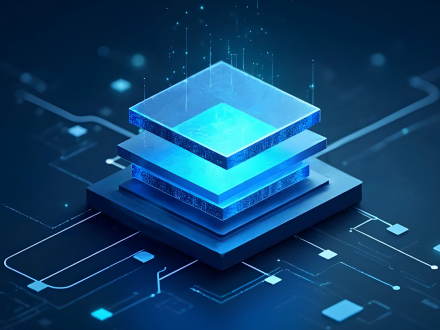




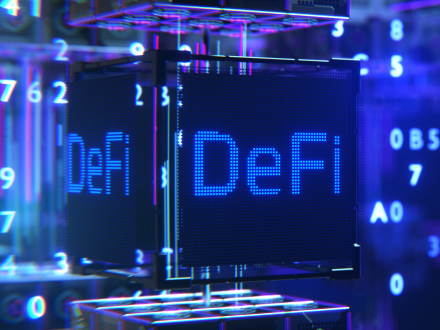

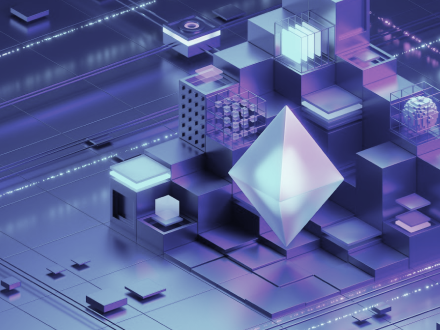
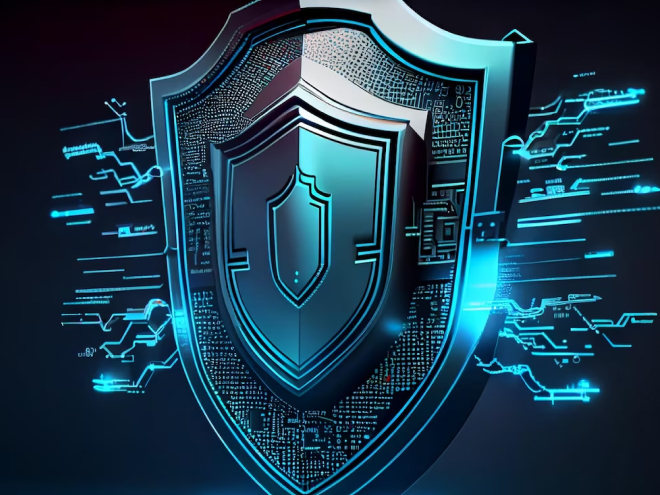
Il tuo messaggio è stato inviato.
Elaboreremo la vostra richiesta e vi ricontatteremo al più presto.

Iscrivendosi si accetta il nostro Informativa sulla privacy, compreso l'uso dei cookie e il trasferimento dei vostri dati personali.